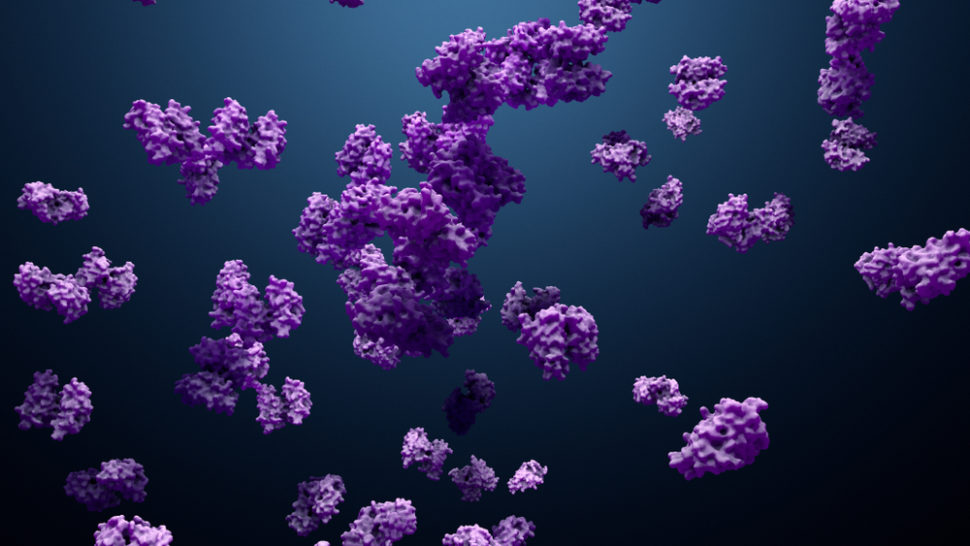Scientists at the University of California, San Francisco have developed a designer protein switch that can be used to control living cells.
Designer proteins or artificial proteins are proteins whose structures have been altered to boost their performance or do totally different tasks.
Designing proteins in the past has already allowed scientists to create peptide-linking enzyme just by tweaking the two amino acids of a natural enzyme.
This time, the artificial protein switch created by the UCSF scientists can be used within living cells to take over or modify its complex circuitry.
Dubbed as Latching Orthogonal Cage/Key pRotein or LOCKR for short, the switch can be “‘programmed’ to modify gene expression, redirect cellular traffic, degrade specific proteins, and control protein binding interactions.”
Experts like Boston University assistant professor Ahmad Khalil believe that this breakthrough “signals the dawn of de novo designer proteins.”
“We will see a growing tool kit of de novo-designed proteins that can be used to trigger or intervene in cellular processes.”
Designer Protein Switch
Aside from manipulating gene expressions and other complex circuitries within a cell, the switch was also used by the researchers to create new natural circuits that act like independent sensors.
The new circuits can make changes to the cell base on its internal or external environment. The researchers likened this behavior to the way thermostat detects changes in the surrounding temperature of a heating and cooling system, signaling if it should be shut down or not.
Hana El-Samad, a biochemistry professor at UCSF and a co-author of the study, said in a statement:
“The ability to control cells with designer proteins ushers in a new era of biology. In the same way that integrated circuits enabled the explosion of the computer chip industry, these versatile and dynamic biological switches could soon unlock precise control over the behavior of living cells and, ultimately, our health.”
LOCKR is considered one of the first biotechnology tools conceived and built entirely by humans. It stands apart from CRISPR and other existing biotech tools today. El-Samad, together with the lead author of the study David Baker, and their colleagues developed LOCKR from the ground up.
The artificial protein switch has six helical sub-structures, five of which are tightly bound together while the other one sits looser.
Baker noted:
“When you add the key it basically binds to the site where the sixth helix, which we call the latch, is bound. That binding displaces the latch.”
While LOCKR is not the first designer protein switch ever made, it has a lot of applications, unlike its predecessors. The UCSF team has already submitted a patent for LOCKR’s commercial use but has made it free for other academic researchers. Their paper is published in the journal Nature.
“You will start seeing uses for LOCKR in mammals and explorations for therapeutic uses — well, actually, it’s already begun,” Baker added.



















Comments (0)
Most Recent